Home>Gardening & Outdoor>Pool & Spa Care>What Kind Of Plug Does A Hot Tub Use
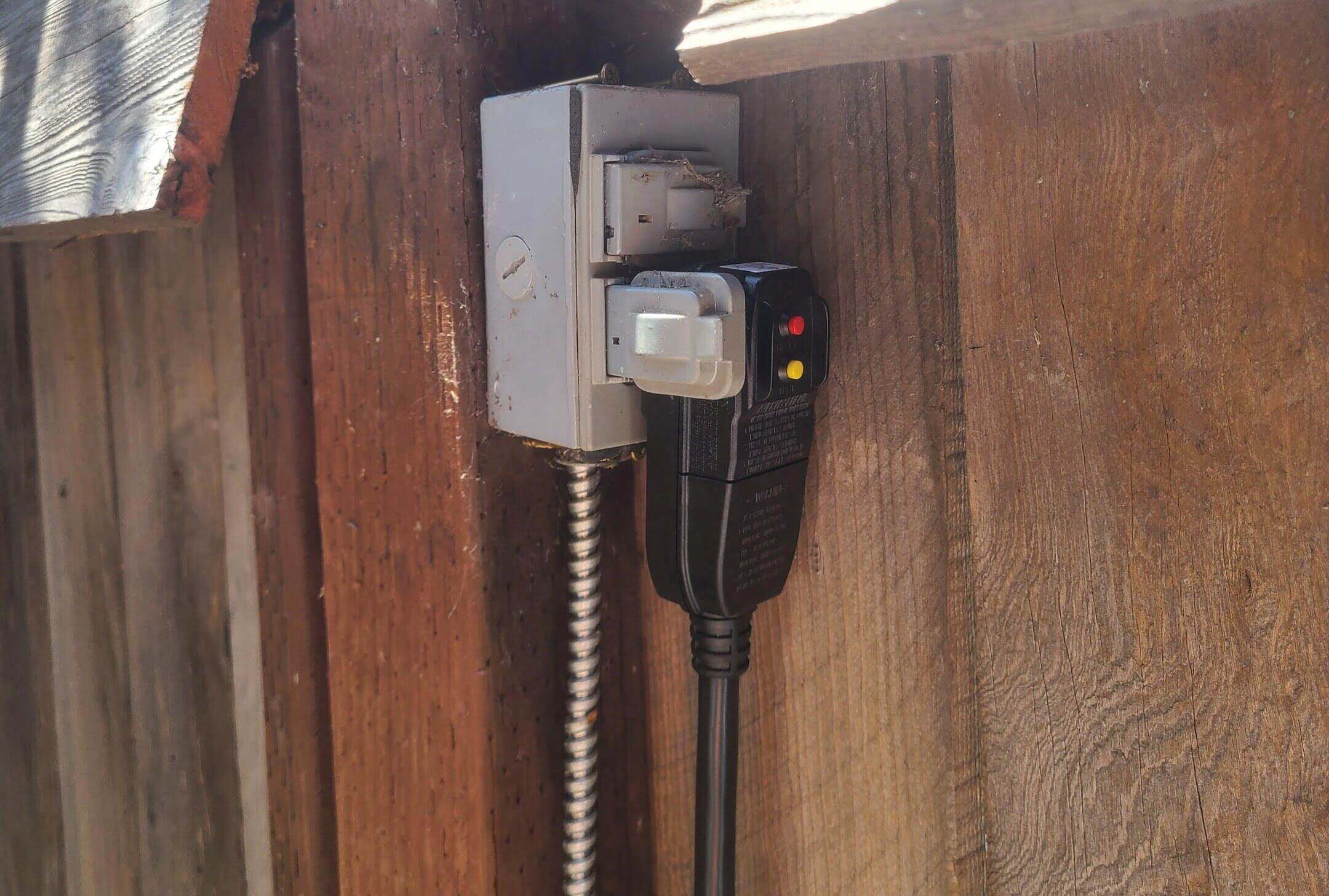

Pool & Spa Care
What Kind Of Plug Does A Hot Tub Use
Published: December 29, 2023
Learn about the types of plugs used for hot tubs and ensure proper maintenance with our pool and spa care tips. Keep your hot tub in top condition!
(Many of the links in this article redirect to a specific reviewed product. Your purchase of these products through affiliate links helps to generate commission for Storables.com, at no extra cost. Learn more)
**
Introduction
**
So, you're considering adding a hot tub to your home for some luxurious relaxation and therapeutic benefits. That's a fantastic idea! However, before diving into the world of hot tub ownership, it's essential to understand the technical aspects, including the type of plug required for your hot tub. The plug type and voltage requirements play a crucial role in ensuring the safe and efficient operation of your hot tub. In this comprehensive guide, we'll explore the different types of hot tub plugs, voltage considerations, and essential safety tips to help you make an informed decision and enjoy your hot tub experience to the fullest. Let's dive in!
Key Takeaways:
- Choose the right plug and voltage for your hot tub to ensure safe and efficient operation. 120-volt plugs are convenient for smaller hot tubs, while 240-volt plugs are necessary for larger, high-performance models.
- Prioritize safety by hiring a professional electrician, using GFCI protection, and maintaining electrical components. Create a safe and enjoyable environment for your hot tub relaxation.
Read more: What Voltage Does A Hot Tub Use
Types of Hot Tub Plugs
When it comes to hot tub plugs, there are primarily two main types: 120-volt and 240-volt. The type of plug required for your hot tub largely depends on its power requirements and design. Let’s delve into each type to gain a better understanding.
120-Volt Plugs:
Hot tubs that operate on 120 volts typically come with a standard three-prong plug, similar to those used for household appliances. These plugs are commonly found on smaller, plug-and-play hot tub models that are designed for easy installation and portability. The convenience of a 120-volt plug means that you can simply plug the hot tub into a standard electrical outlet without the need for special wiring or professional installation. While these hot tubs are more straightforward to set up, it’s important to note that they may have limitations in terms of heating capacity and overall performance compared to their 240-volt counterparts.
240-Volt Plugs:
For larger hot tubs with higher heating and jet power requirements, a 240-volt plug is typically necessary. These plugs are designed to handle the increased electrical load demanded by larger hot tubs, allowing for more efficient heating and powerful jet performance. Unlike the standard household outlets used for 120-volt plugs, 240-volt plugs require dedicated electrical wiring and a dedicated circuit breaker to accommodate the higher voltage and current. Professional installation by a licensed electrician is often recommended to ensure compliance with electrical codes and safety standards.
It’s important to consult the hot tub manufacturer’s specifications and recommendations to determine the exact plug type and voltage requirements for your specific hot tub model. Additionally, local building codes and regulations may dictate the proper electrical setup for hot tub installations, so it’s crucial to adhere to these guidelines to ensure safety and compliance.
Understanding the type of plug required for your hot tub is a critical step in the installation process, and it sets the foundation for safe and efficient operation. Next, let’s explore the voltage requirements for hot tubs and the implications for electrical safety and performance.
Voltage Requirements
When it comes to hot tubs, understanding the voltage requirements is paramount for ensuring proper functionality and safety. The voltage at which a hot tub operates directly impacts its heating capacity, jet performance, and overall energy efficiency. Let’s take a closer look at the significance of voltage requirements in the context of hot tub ownership.
120-Volt Systems:
Hot tubs designed to operate on 120 volts are often referred to as plug-and-play models. These systems are convenient for homeowners who may not have access to dedicated 240-volt electrical wiring or who prefer a simpler installation process. While 120-volt hot tubs offer ease of setup, it’s important to note that they may have limitations in terms of heating speed and jet power due to the lower voltage. As a result, it may take longer for the water to reach the desired temperature, and the jet performance may be more modest compared to hot tubs that operate at 240 volts.
240-Volt Systems:
For larger hot tubs and those with advanced features such as multiple jets, high-performance heaters, and integrated spa systems, a 240-volt electrical supply is typically required. Operating at 240 volts allows these hot tubs to achieve faster heating times and more robust jet performance, providing a more luxurious and efficient spa experience. Additionally, the higher voltage enables the hot tub to draw more power, facilitating rapid heating and sustained operation, especially in colder climates.
It’s important to note that while 240-volt hot tubs offer enhanced performance capabilities, they necessitate professional installation by a licensed electrician to ensure compliance with electrical codes and safety standards. This typically involves the installation of a dedicated circuit breaker and appropriate wiring to accommodate the higher voltage and current requirements of the hot tub.
Before purchasing a hot tub, it’s crucial to consider your home’s electrical infrastructure and whether it can support the voltage requirements of the desired hot tub model. Consulting with a qualified electrician and adhering to local building codes and regulations are essential steps in ensuring a safe and reliable electrical setup for your hot tub.
Understanding the voltage requirements of hot tubs empowers homeowners to make informed decisions and ensures that their hot tubs operate optimally, delivering the desired comfort and performance. Now, let’s delve into the critical safety considerations associated with hot tub electrical systems.
Hot tubs typically use a 240-volt electrical outlet with a dedicated circuit. It’s important to have a licensed electrician install the proper outlet to ensure safety and functionality.
Safety Considerations
When it comes to enjoying the relaxation and therapeutic benefits of a hot tub, safety should always be a top priority. Proper electrical installation and maintenance are crucial for ensuring the safe operation of hot tubs and minimizing the risk of electrical hazards. Let’s explore some essential safety considerations to keep in mind when it comes to hot tub electrical systems.
Professional Installation:
Whether you opt for a 120-volt or 240-volt hot tub, professional installation by a licensed electrician is highly recommended. A qualified electrician can assess your home’s electrical infrastructure, ensure compliance with local building codes, and install the necessary wiring and circuitry to support the hot tub’s voltage requirements. This professional expertise is essential for safeguarding against electrical faults and ensuring that the hot tub operates safely and efficiently.
Ground Fault Circuit Interrupter (GFCI) Protection:
All hot tubs, regardless of voltage, should be equipped with Ground Fault Circuit Interrupter (GFCI) protection. GFCI devices are designed to quickly shut off the electrical power in the event of a ground fault or electrical leakage, helping prevent electric shock and potential electrocution. Regular testing of the GFCI protection is essential to ensure its continued effectiveness in safeguarding hot tub users against electrical hazards.
Water and Electricity Don’t Mix:
It’s crucial to maintain a safe distance between electrical components and water sources in and around the hot tub. Any electrical outlets, switches, or components should be positioned at a safe distance from the hot tub to prevent the risk of water-related electrical accidents. Additionally, any outdoor electrical outlets should be equipped with weatherproof covers to protect against moisture and ensure safe operation in outdoor environments.
Regular Maintenance and Inspections:
Hot tub owners should prioritize regular maintenance and inspections of the electrical components, including wiring, outlets, and control panels. Any signs of wear, damage, or corrosion should be promptly addressed to prevent potential electrical issues. Periodic inspections by qualified professionals can help identify and rectify any electrical concerns, ensuring the ongoing safety and performance of the hot tub.
By prioritizing professional installation, GFCI protection, proper positioning of electrical components, and proactive maintenance, hot tub owners can create a safe and enjoyable environment for hot tub relaxation. These safety considerations are essential for promoting peace of mind and allowing hot tub enthusiasts to fully embrace the benefits of their spa experience.
With a solid understanding of the various safety considerations associated with hot tub electrical systems, homeowners can confidently create a safe and inviting hot tub environment for themselves and their guests. Now, let’s wrap up our exploration of hot tub plugs and electrical requirements.
Conclusion
As you embark on the journey of hot tub ownership, understanding the intricacies of hot tub plugs, voltage requirements, and safety considerations is essential for a seamless and enjoyable experience. Whether you opt for a 120-volt plug-and-play hot tub or a larger 240-volt model with advanced features, the choice of plug and voltage directly impacts the performance, heating capacity, and overall functionality of your hot tub.
By familiarizing yourself with the specific plug type and voltage requirements of your chosen hot tub model, you can ensure a proper electrical setup that aligns with safety standards and local regulations. Professional installation by a licensed electrician, adherence to Ground Fault Circuit Interrupter (GFCI) protection guidelines, and regular maintenance of electrical components are vital steps in creating a safe and reliable hot tub environment.
Whether you’re unwinding after a long day or hosting a gathering with friends and family, your hot tub should be a source of relaxation and rejuvenation, free from electrical concerns. By prioritizing safety and informed decision-making, you can fully embrace the comfort and tranquility that your hot tub offers.
As you venture into the world of hot tub ownership, may your spa experiences be filled with warmth, serenity, and the joy of unwinding in your own personal oasis. Here’s to many blissful moments in your hot tub retreat!
Frequently Asked Questions about What Kind Of Plug Does A Hot Tub Use
Was this page helpful?
At Storables.com, we guarantee accurate and reliable information. Our content, validated by Expert Board Contributors, is crafted following stringent Editorial Policies. We're committed to providing you with well-researched, expert-backed insights for all your informational needs.
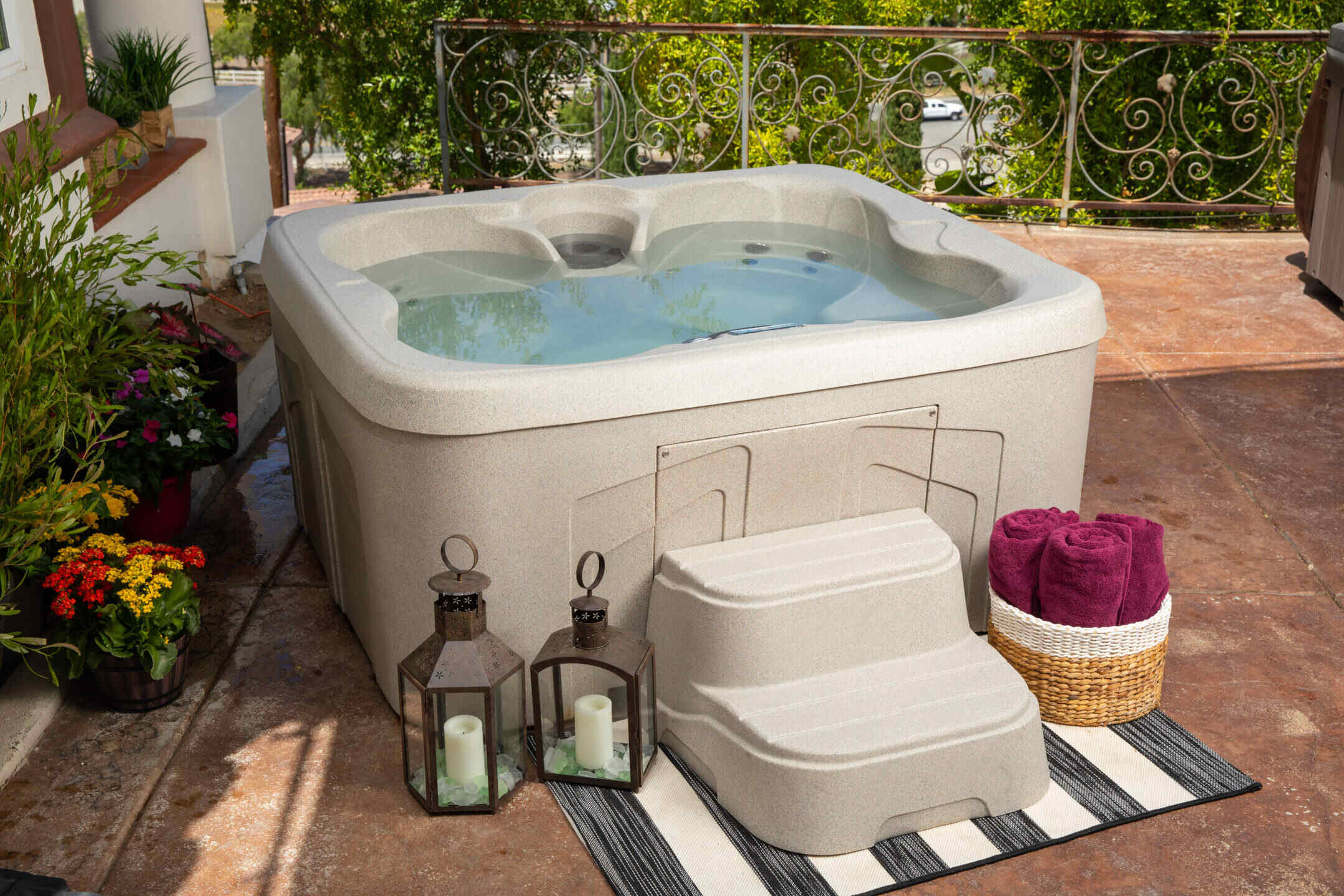
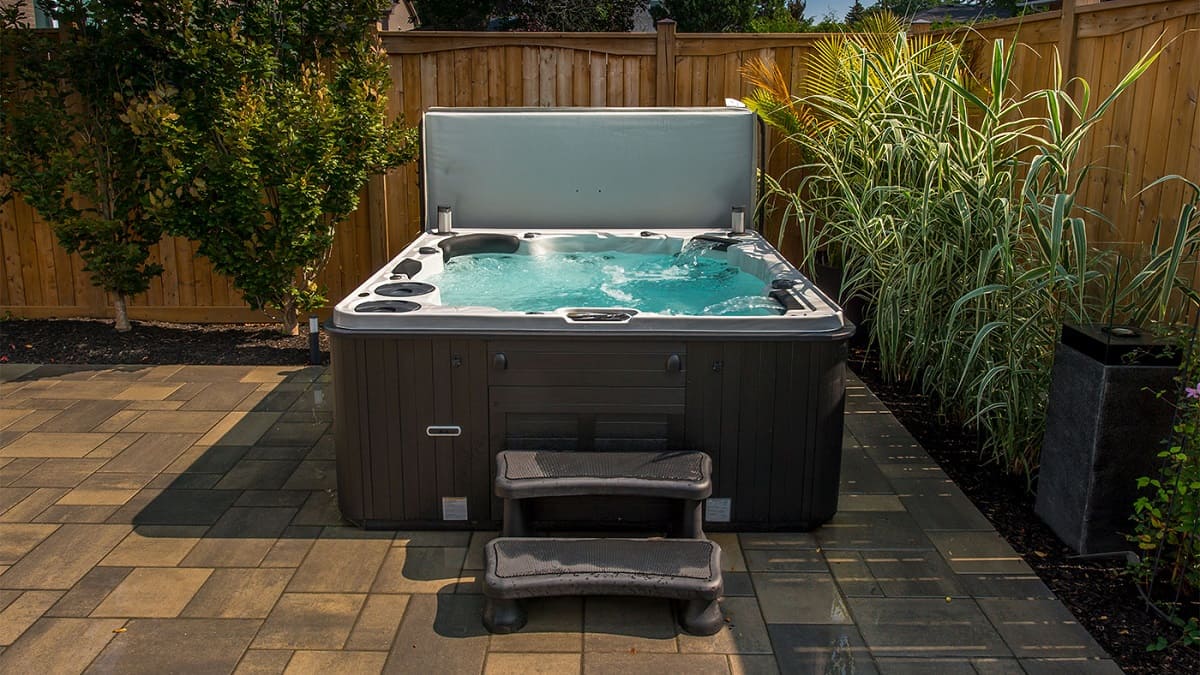
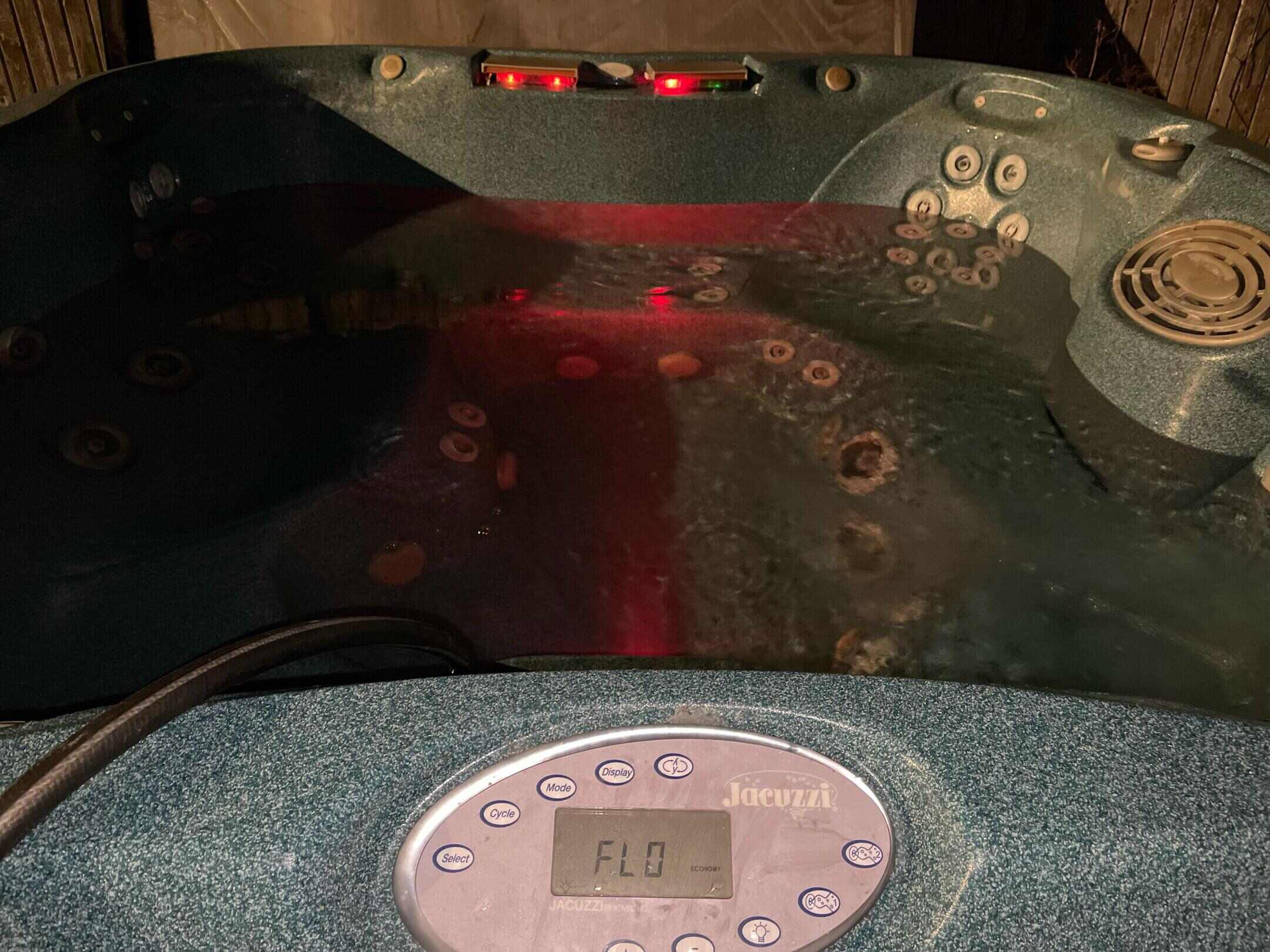
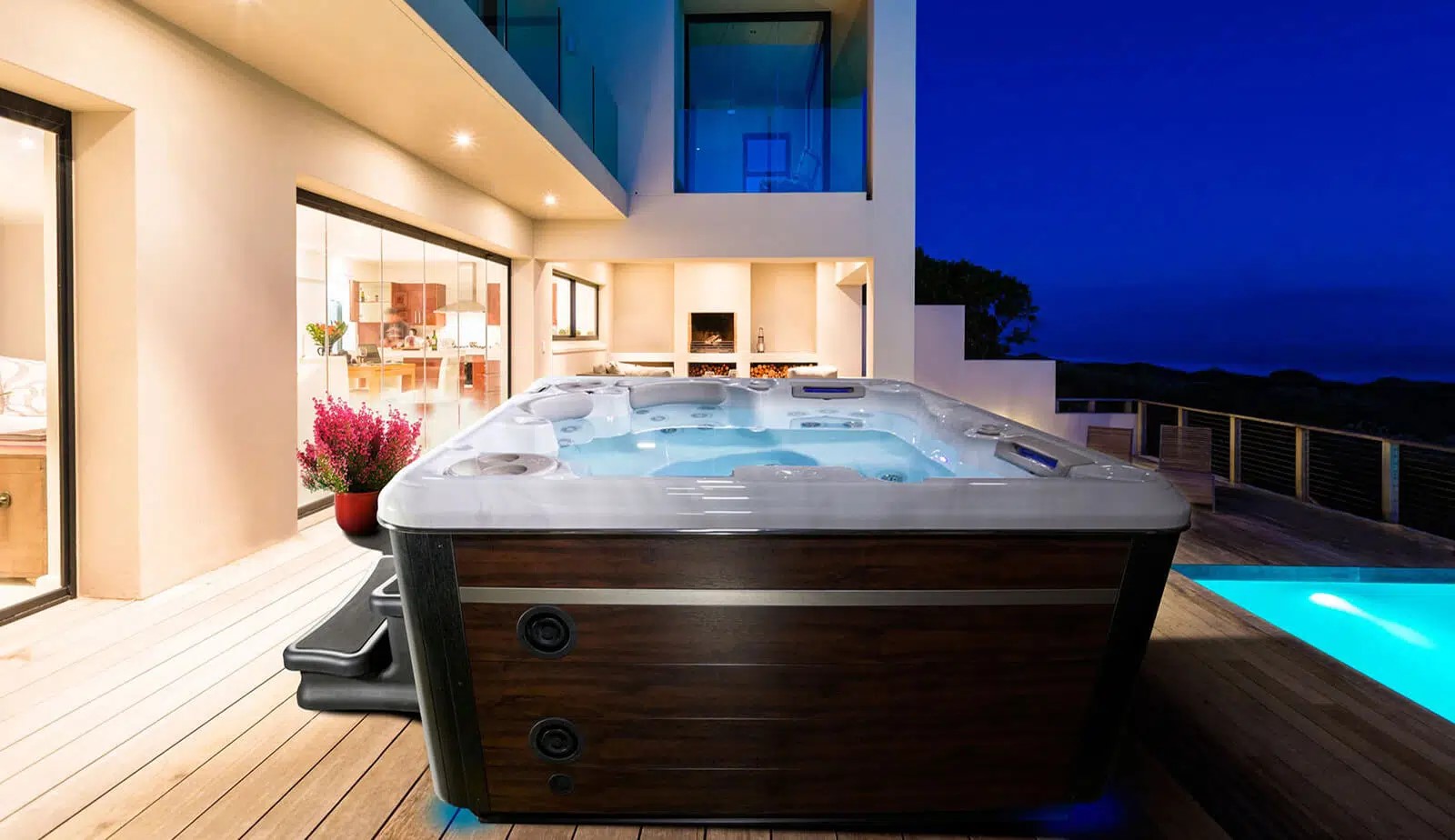
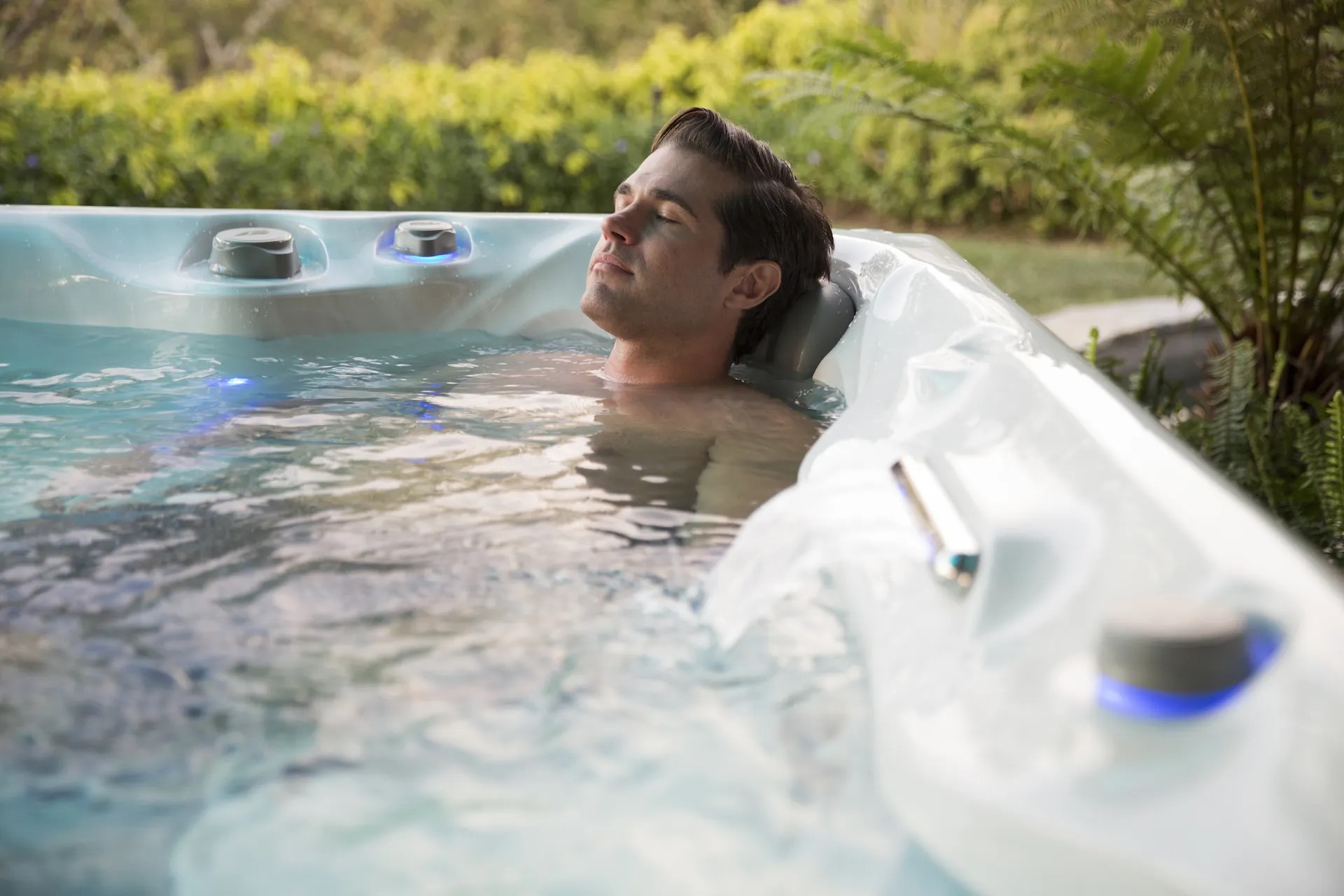
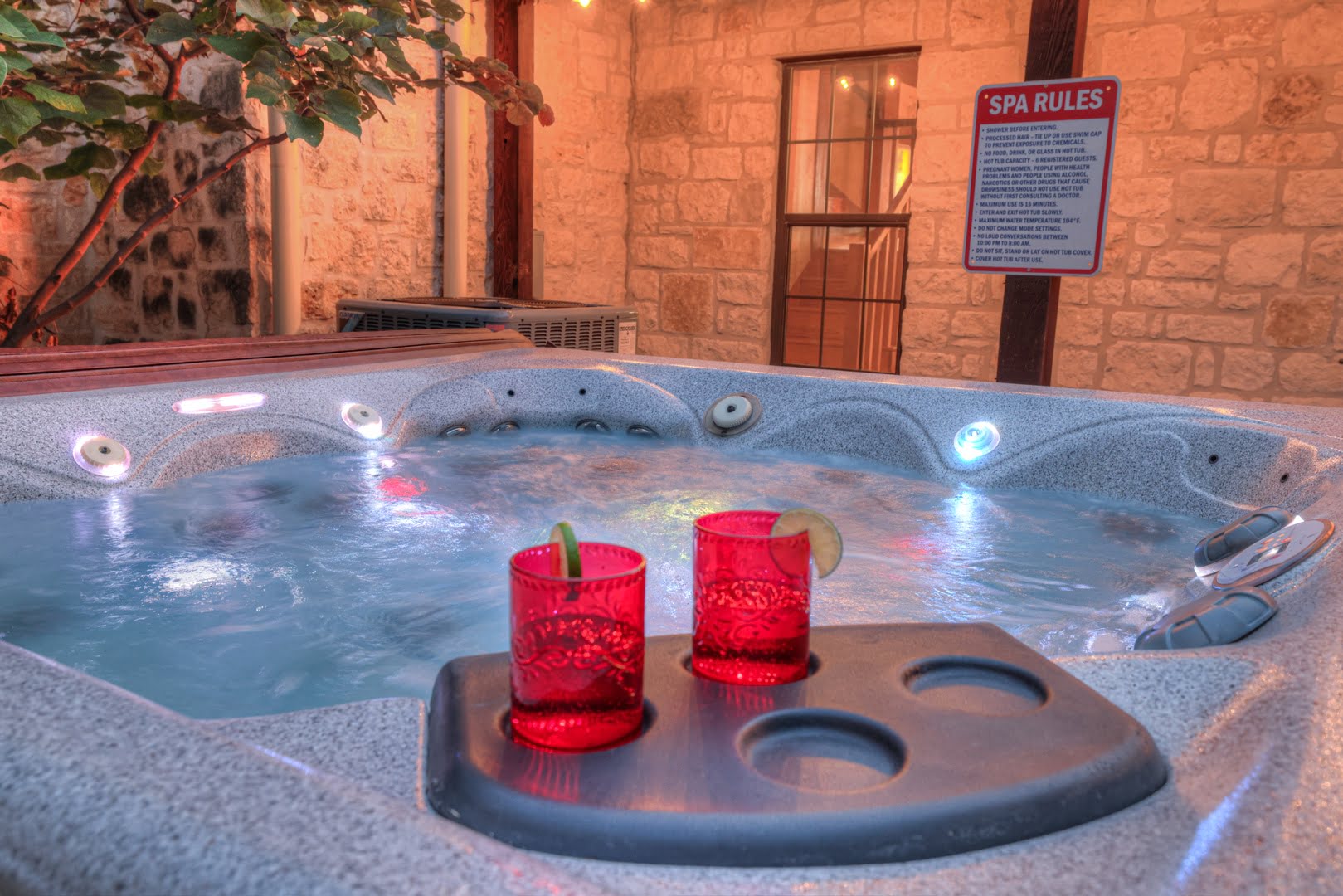
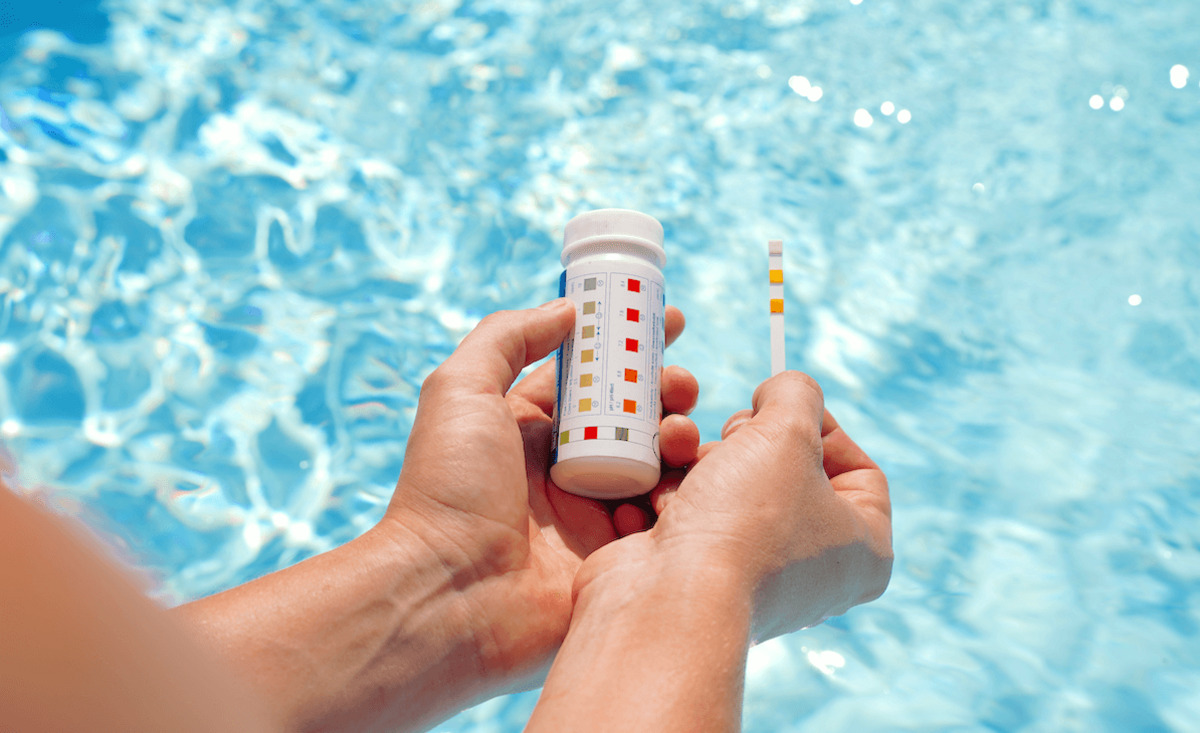
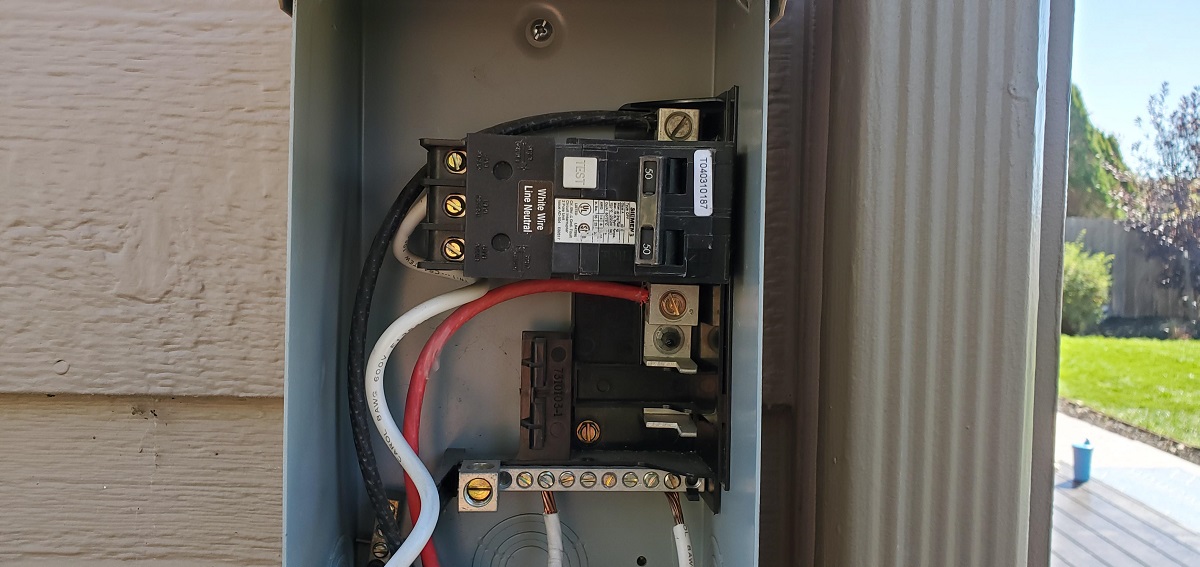
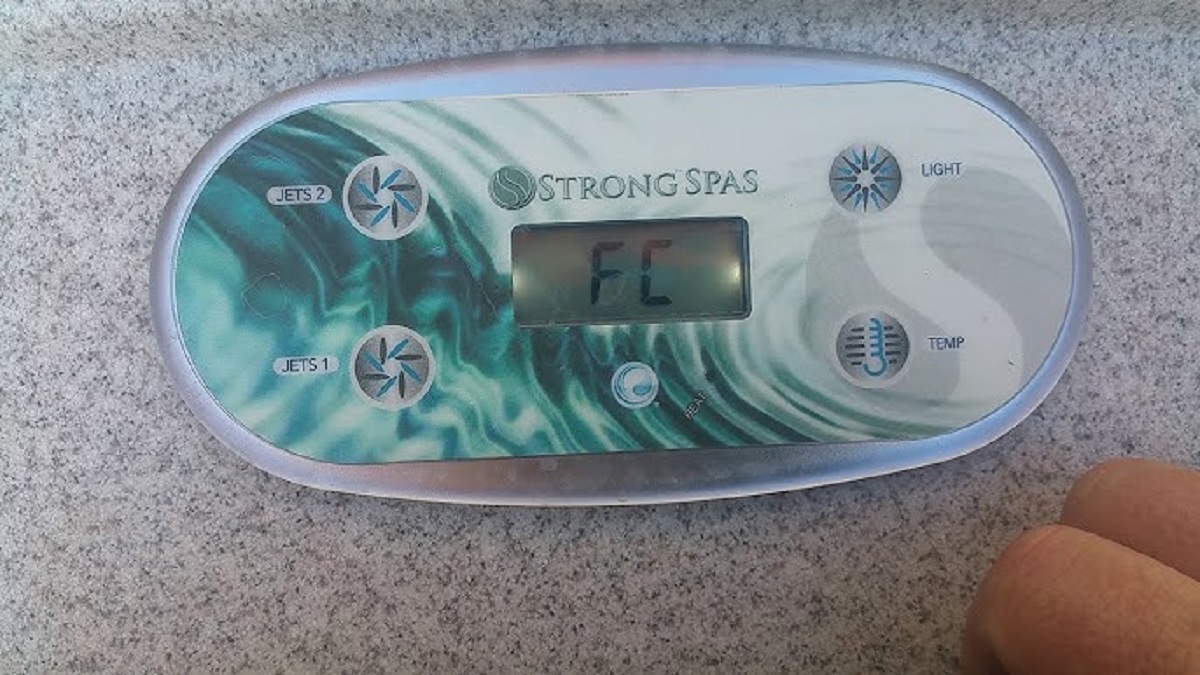
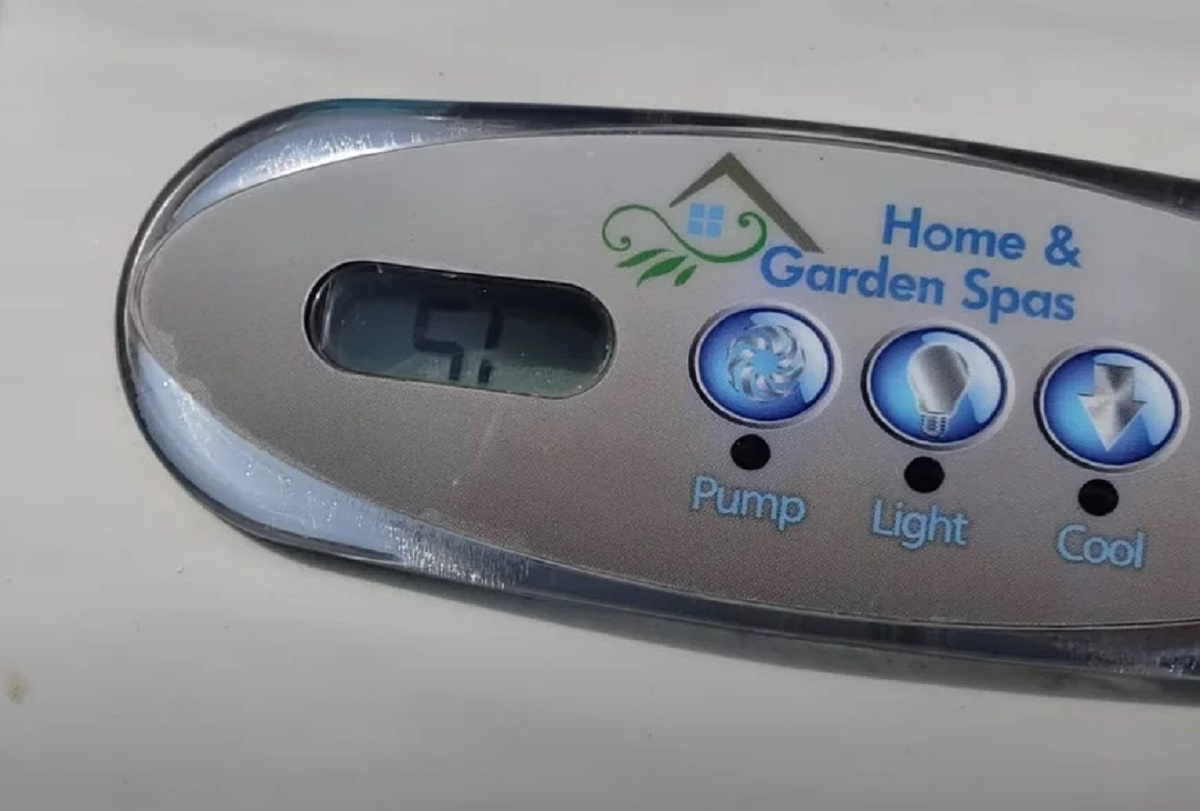
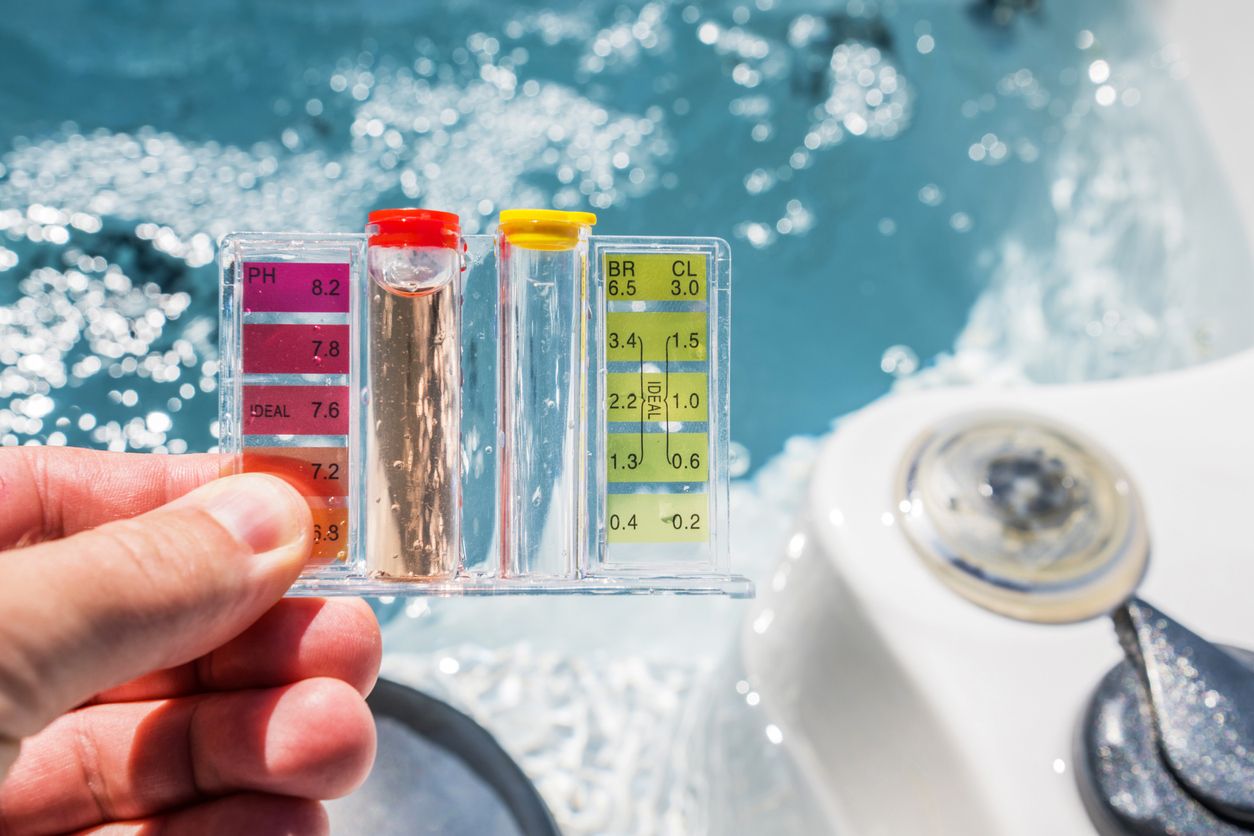

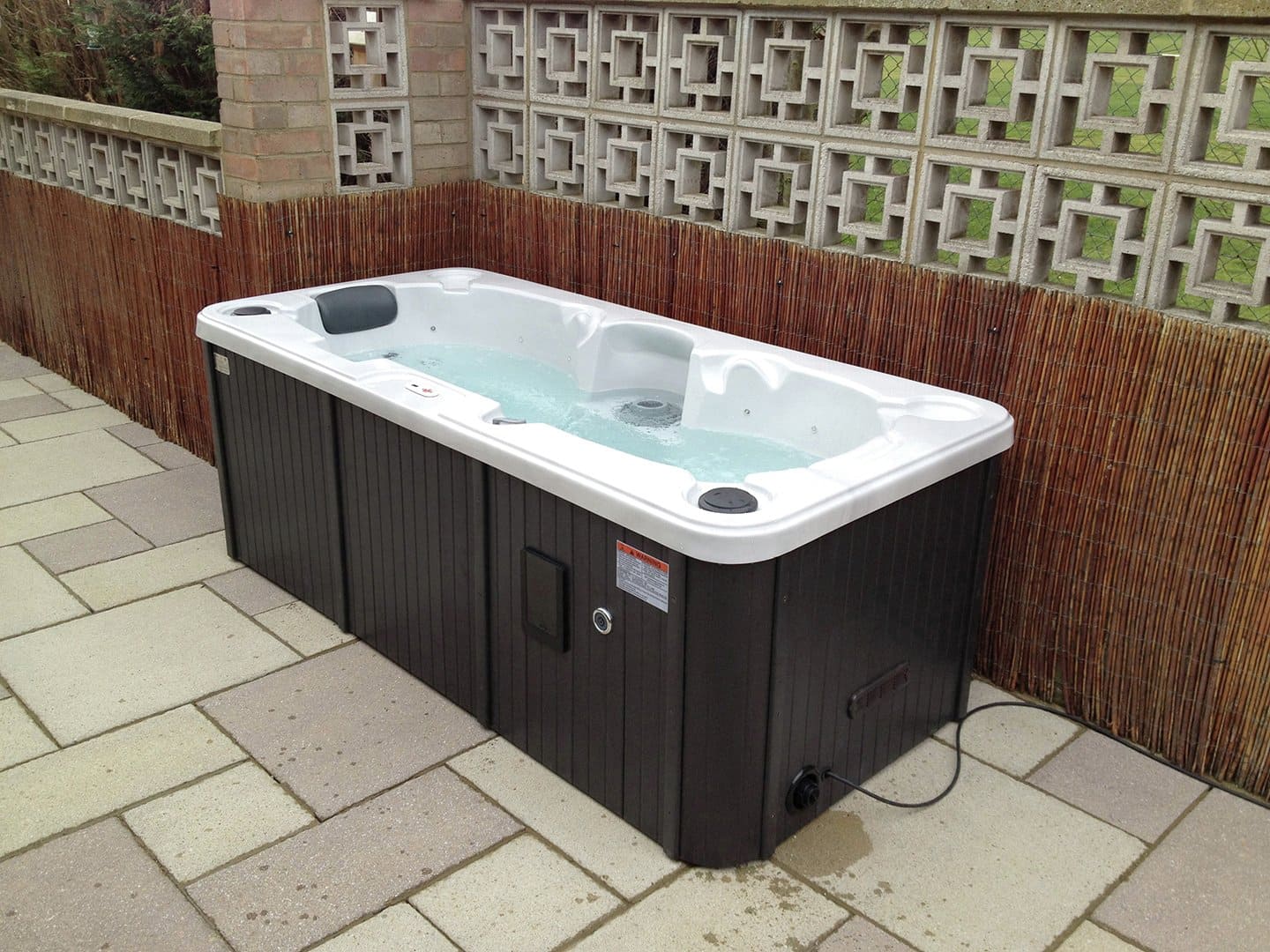
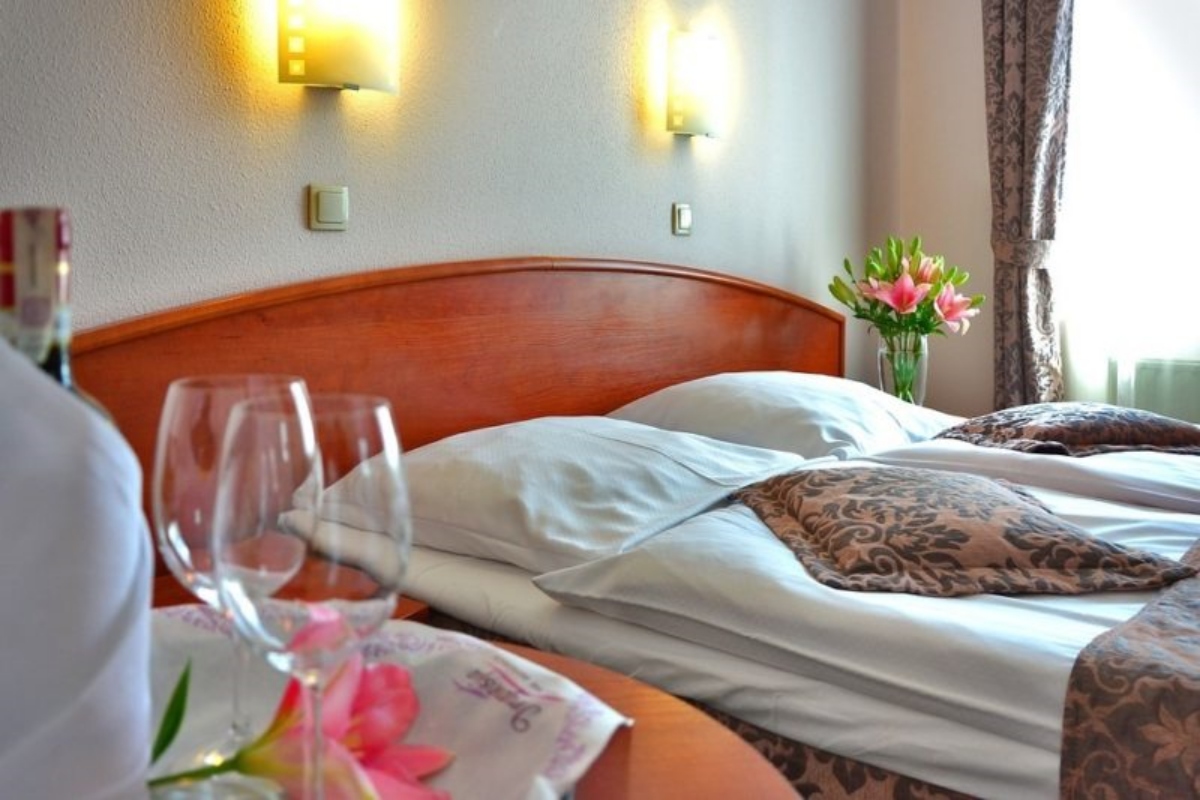
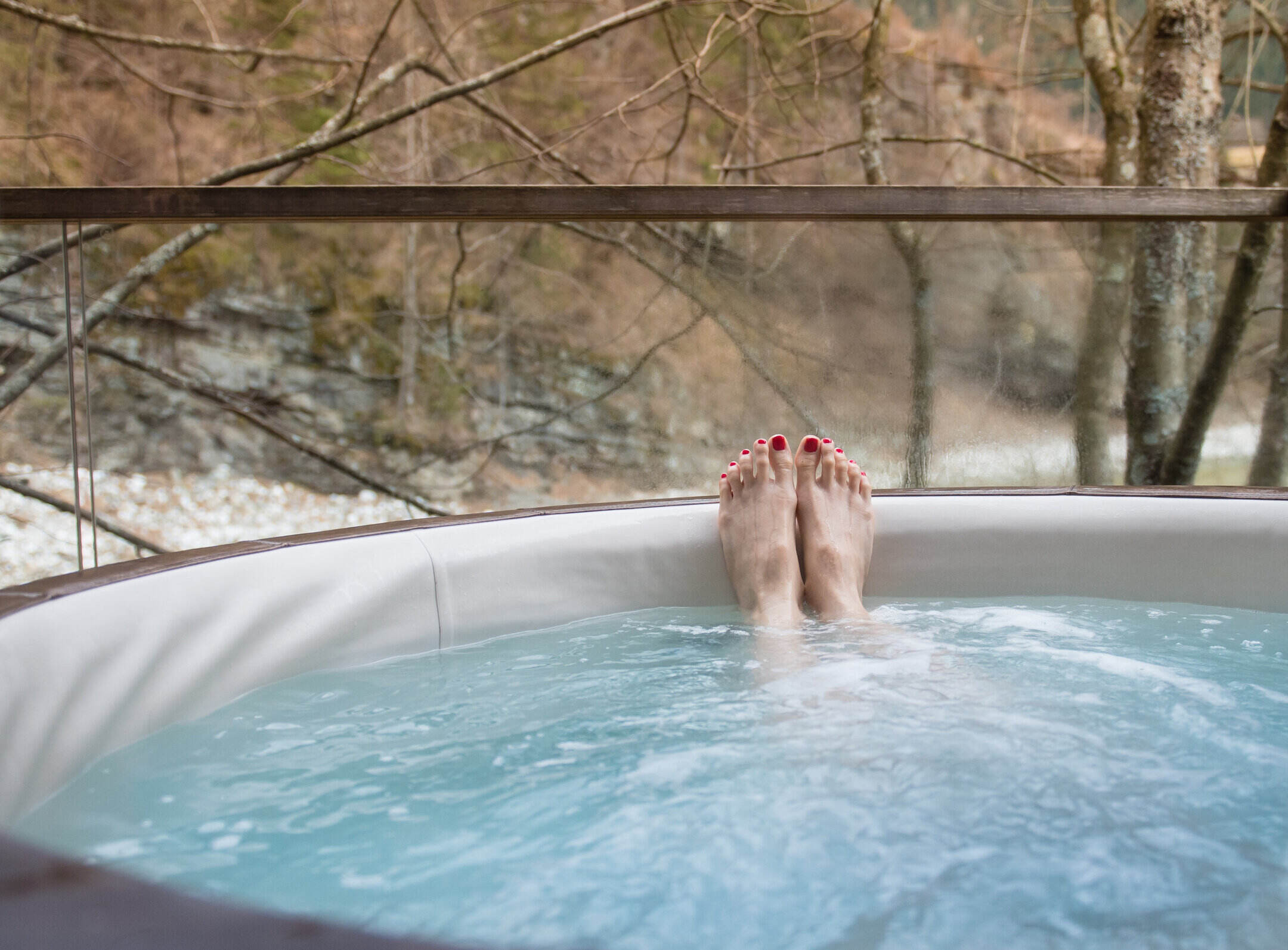

0 thoughts on “What Kind Of Plug Does A Hot Tub Use”